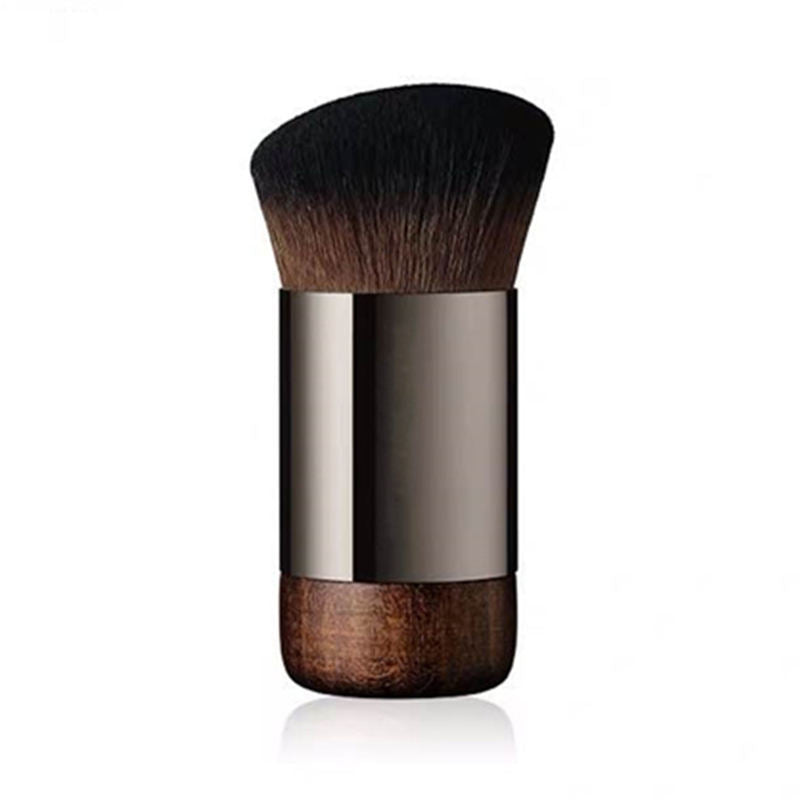
The Future of Makeup in 2025: Embracing Innovation and Authenticity
Share
The Future of Makeup in 2025: Embracing Innovation and Authenticity
As we step into 2025, the makeup industry continues to evolve at a rapid pace. The trends, technologies, and preferences of beauty enthusiasts have significantly transformed, leading to an exciting and diverse landscape. Let's explore the key trends and concerns shaping the makeup world in 2025.
Key Trends in 2025
-
Sustainable Beauty:
-
Eco-friendly packaging: Brands are increasingly adopting packaging made from biodegradable, recyclable, or reusable materials. Innovations like compostable containers and minimalistic designs help reduce waste and environmental impact.
-
Refillable and recyclable products: The move towards refillable products allows consumers to purchase a single container and refill it repeatedly, reducing the need for new packaging. Additionally, recyclable products ensure that packaging materials can be processed and reused, contributing to a circular economy.
-
Zero-waste beauty routines: Zero-waste beauty emphasizes using products that leave minimal or no waste. This includes solid shampoos, reusable makeup wipes, and multi-purpose products that reduce the need for multiple items.
-
-
Tech-Enhanced Makeup:
-
AI-powered shade matching: Artificial intelligence (AI) tools can now analyze a person's skin tone and undertone to recommend the perfect makeup shades, ensuring a more personalized and accurate match.
-
Virtual try-on apps: These apps use augmented reality (AR) technology to allow users to try on makeup virtually. By using their smartphone camera, users can see how different products look on their face before making a purchase.
-
Personalized skincare solutions: Advanced algorithms and AI-powered analysis can assess an individual's skin type, concerns, and needs to recommend tailored skincare routines and products.
-
-
Inclusive Beauty:
-
Wider range of shades and undertones: Brands are expanding their product lines to include a broader spectrum of shades and undertones, ensuring that people of all skin colors can find products that match their unique complexion.
-
Products catering to various skin types and needs: Inclusive beauty means creating products that address the specific needs of different skin types, such as sensitive, acne-prone, or mature skin. This approach ensures that everyone can achieve their desired beauty goals.
-
Emphasis on authenticity and representation: Consumers value brands that celebrate diversity and representation. Marketing campaigns featuring models of different ethnicities, ages, and body types resonate more with today's audience.
-
-
Clean Beauty Movement:
-
Ingredients transparency: Consumers are demanding more transparency about the ingredients used in their beauty products. Brands are responding by providing detailed information about their formulations and sourcing practices.
-
Non-toxic and cruelty-free products: Clean beauty prioritizes products that are free from harmful chemicals and are not tested on animals. This movement promotes the use of natural, safe, and ethically sourced ingredients.
-
Minimalist beauty routines: The minimalist trend encourages using fewer, but more effective products. Consumers are opting for multi-functional items that streamline their beauty routines while still delivering great results.
-
Highlighted Concerns
-
Environmental Impact: The beauty industry is increasingly scrutinized for its environmental footprint. Brands are adopting sustainable practices to minimize waste and reduce carbon emissions. This includes using eco-friendly packaging, sourcing ingredients responsibly, and reducing water consumption in manufacturing processes.
-
Ingredient Safety: Consumers are more informed and concerned about the safety of ingredients in their beauty products. There's a growing demand for clean, non-toxic, and ethically sourced ingredients. Brands are responding by formulating products without harmful chemicals and providing full ingredient transparency.
-
Diversity and Inclusion: While progress has been made, there's still a need for greater diversity and inclusion in the beauty industry. Brands are being called to create products that cater to all skin tones, types, and genders. This includes expanding shade ranges, featuring diverse models in marketing, and addressing the unique needs of underrepresented groups.
-
Authenticity in Marketing: With the rise of social media, authenticity has become a crucial factor in beauty marketing. Consumers value transparency and realness over heavily edited and unrealistic portrayals of beauty. Brands are now focusing on showcasing genuine stories, real customer experiences, and unfiltered content.
Conclusion
In 2025, the makeup industry is a blend of innovation, sustainability, and inclusivity. Brands are focusing on creating products that are not only effective but also ethical and environmentally friendly. As consumers become more conscious about their beauty choices, the demand for authenticity and transparency continues to grow. Embrace the future of makeup with a focus on sustainability, technology, and inclusivity.
By staying informed about these trends and concerns, we can make better beauty choices that align with our values and contribute to a more inclusive and sustainable world.